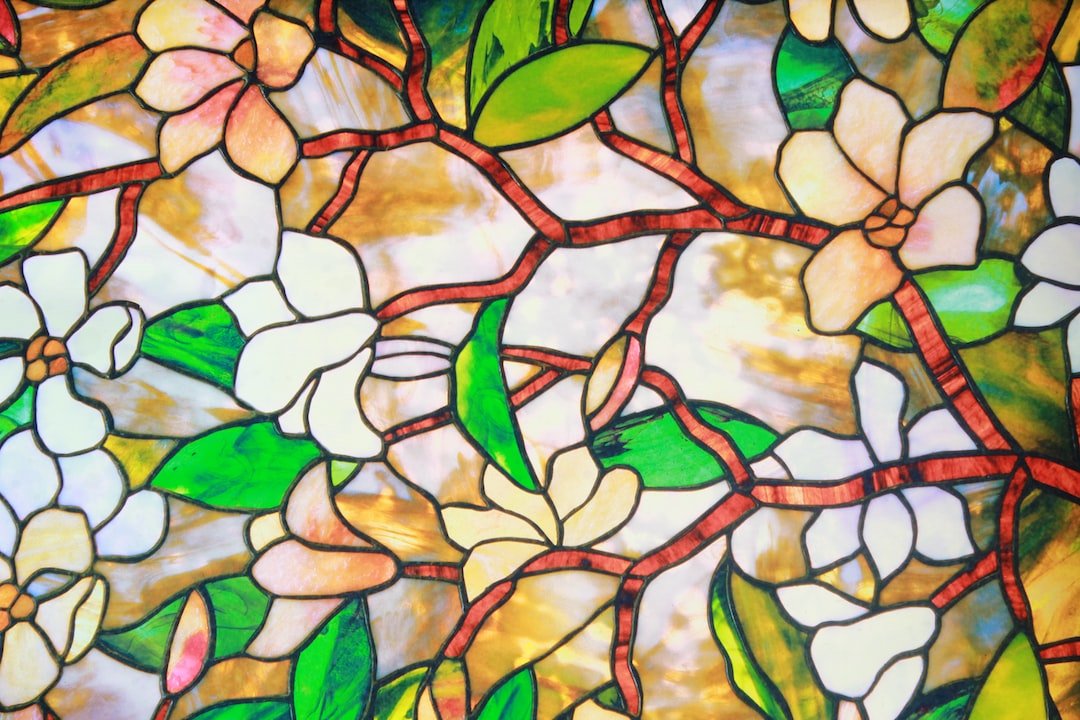Many churches have stained glass windows that need serious attention. While preserving these windows is an important task, it can be difficult to know how to proceed.
Responsible conservation decisions should be based on research in which the windows are carefully evaluated. This should include understanding their history, materials, and past alterations.
Contents
Increased Value
In many cases, stained glass windows are worth more when restored than if they had never been restored. Unrestored stained glass will always appraise for much less than a restored piece. It’s important to work with a reputable professional regarding repair and restoration. Different colors, glass pieces, and lead cames will all determine the cost of a restoration project. A skilled stained glass restoration Houston, TX, professional will look for signs of deterioration, such as cracks or missing pieces, then carefully clean the glass to remove dirt and grime. They may even have to re-lead or re-paint the stained glass. Adding this extra step will ensure the integrity of the glass for years to come. This increases the value of your stained glass and protects it from further damage.
Preservation
Stained glass is one of the most durable yet fragile building materials. It can be damaged by weathering, air pollution, deferred maintenance, and improper restoration. The fabric of the glass itself, the paint/stain layer, and the metal framework are all susceptible to damage and deterioration.
Leaded-glass ceilings and domes are essential to many Victorian homes and buildings. Unfortunately, these features are often lost or unaesthetically altered in attempts to comply with fire codes or achieve perceived energy savings.
Preservation of historic glazing should be the priority in all rehabilitation projects. This includes:
- Carefully screening conservators/studios.
- Checking references.
- Inspecting other projects.
- Requiring duplicate documentation of any work so that full records can be maintained.
In addition, any repair or renovation should be carried out by a conservator knowledgeable about the windows’ history and significance.
Better Lighting
Stained glass windows are dazzling in the sunlight. The high contrast of light and dark glass can quickly equalize on film or a camera’s lens. Stained glass windows should only be photographed under even, moderate daylight with the interior lights off. Unscrupulous restorers often stress stained glass by forcibly flattening it, introducing cracks and breaks that can ruin the window within two generations. Modern adhesives enable stained glass to expand and contract with temperature changes without harm.
Increased Energy Efficiency
Stained and leaded glass windows are often a significant part of historic structures, including hotels, railway stations, cathedrals, and civic buildings. They are also a critical aesthetic component of many residential properties. Unfortunately, the glass is often deteriorated or damaged due to natural factors and ongoing exposure to pollution and weathering. The resulting cracks and broken pieces collect dust, dirt, and other debris and can cause damage to the adjacent architectural fabric. Caretakers of architectural art glass should carefully screen studios, request references, and inspect other projects before contracting for repair or restoration. Copper foil is a useful repair method because it produces a strong, reversible, and minimally intrusive repair with negligible aesthetic impact.
Increased Comfort
When a stained glass ceiling or dome is restored, natural light can shine through and brighten a room, making it much more comfortable. This is particularly important in older buildings with skylights that have become dust, dirt, and debris repository. Stained glass restoration is a vital process that helps protect and preserve beautiful works of art. It also helps to increase the value and energy efficiency of a building. It is an investment that will pay dividends for years to come.



